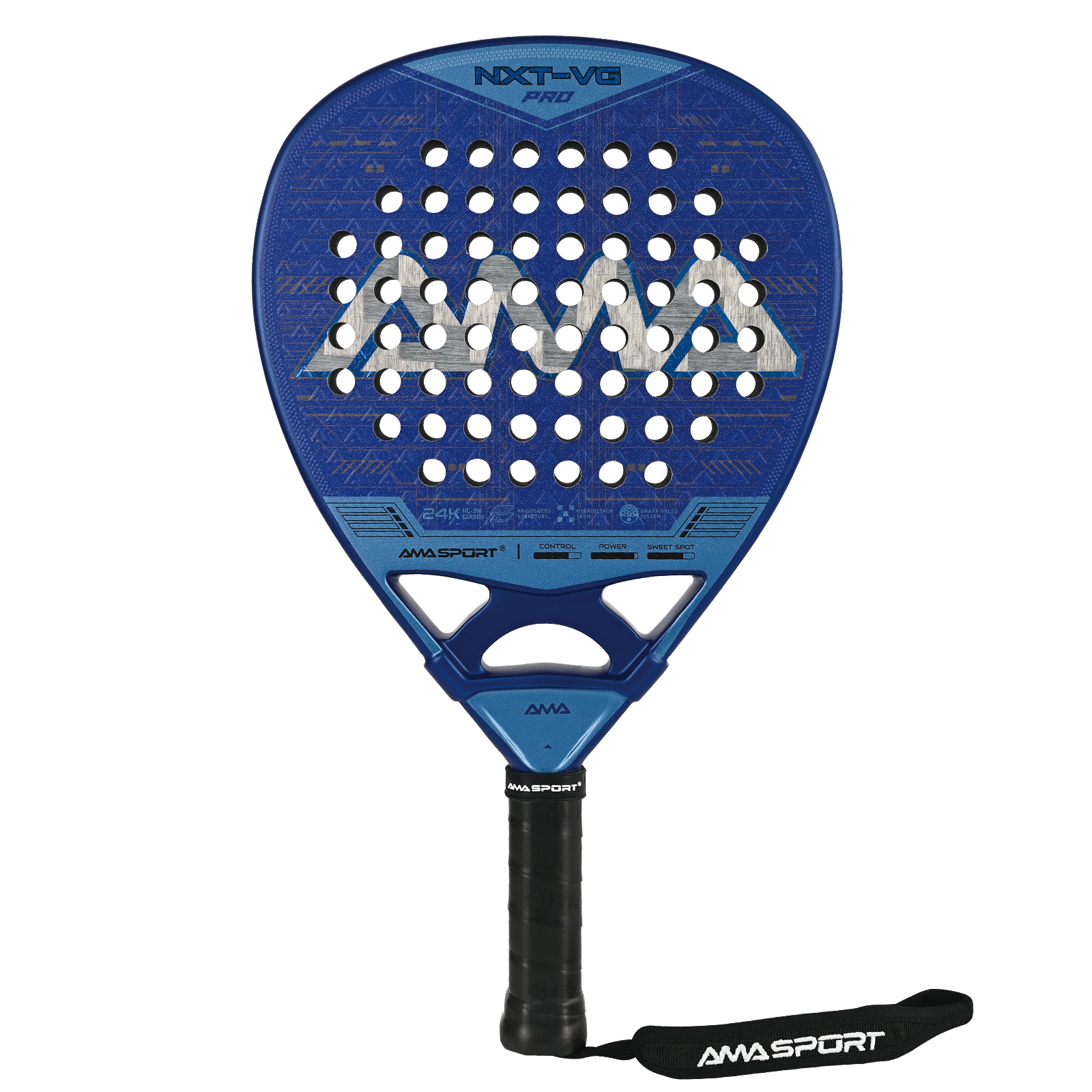The Quest for Comfort: Unveiling the Softest Cloth in the World
When it comes to textiles, the quest for the softest cloth in the world is a pursuit that transcends mere comfort; it embodies luxury, quality, and the intricate artistry of fabric production. In this exploration, we will delve into various materials, their properties, and the factors that contribute to their softness, ultimately leading us to identify the reigning champion in the realm of softness.
Understanding Softness in Textiles
Softness in fabric is a subjective experience, often influenced by the fiber type, weave structure, and finishing processes. The tactile sensation of softness can be attributed to several factors:
- Fiber Type: Natural fibers like cotton, silk, and cashmere are often perceived as softer than synthetic fibers. The diameter of the fibers plays a crucial role; finer fibers tend to create a softer feel.
- Weave Structure: The way fibers are woven together can affect the overall softness of the fabric. Looser weaves allow for more air and movement, contributing to a softer touch.
- Finishing Processes: Treatments such as mercerization, enzyme washing, and softening agents can enhance the softness of fabrics, making them more pleasant to the touch.
The Contenders for the Softest Cloth
Several fabrics have earned a reputation for their exceptional softness. Let’s explore some of the most notable contenders:
- Cashmere
Cashmere, derived from the undercoat of cashmere goats, is often hailed as one of the softest fabrics available. Its fine fibers, which are significantly thinner than those of sheep's wool, create a luxurious feel against the skin. Cashmere is not only soft but also provides excellent insulation, making it a coveted choice for high-end sweaters and scarves.
- Silk
Silk is another strong contender in the softness category. Produced by silkworms, this natural fiber is renowned for its smooth texture and lustrous appearance. The unique structure of silk fibers allows them to glide over the skin, providing a sensation of unparalleled softness. Additionally, silk has moisture-wicking properties, making it comfortable to wear in various climates.
- Bamboo Fabric
Bamboo fabric has gained popularity in recent years due to its eco-friendly properties and remarkable softness. Made from the pulp of bamboo plants, this fabric is not only soft but also breathable and hypoallergenic. The natural fibers of bamboo are smooth and round, which contributes to a silky feel, making it an excellent choice for bed linens and loungewear.
- Pima Cotton
Pima cotton, often referred to as the silk of cotton, is known for its long, silky fibers that result in a soft and durable fabric. Grown primarily in the United States and Peru, Pima cotton is prized for its luxurious feel and vibrant colors. Its softness, combined with its strength, makes it a popular choice for high-quality shirts and sheets.
The Softest Cloth: A New Contender Emerges
While cashmere and silk have long been regarded as the softest fabrics, a new contender has emerged in the textile world: Modal. Modal is a semi-synthetic fiber made from beech tree pulp, and it has gained acclaim for its incredible softness and drape. Modal fibers are finer than cotton and possess a smooth texture that rivals silk. Additionally, modal is known for its moisture-wicking properties and resistance to shrinking, making it a practical choice for everyday wear.
Conclusion: The Ultimate Softness
In the quest for the softest cloth in the world, it becomes evident that the title is not easily bestowed upon a single fabric. Each contender—cashmere, silk, bamboo, Pima cotton, and modal—offers unique qualities that cater to different preferences and uses. Ultimately, the softest cloth may vary from person to person, depending on individual tactile experiences and the intended application of the fabric.





